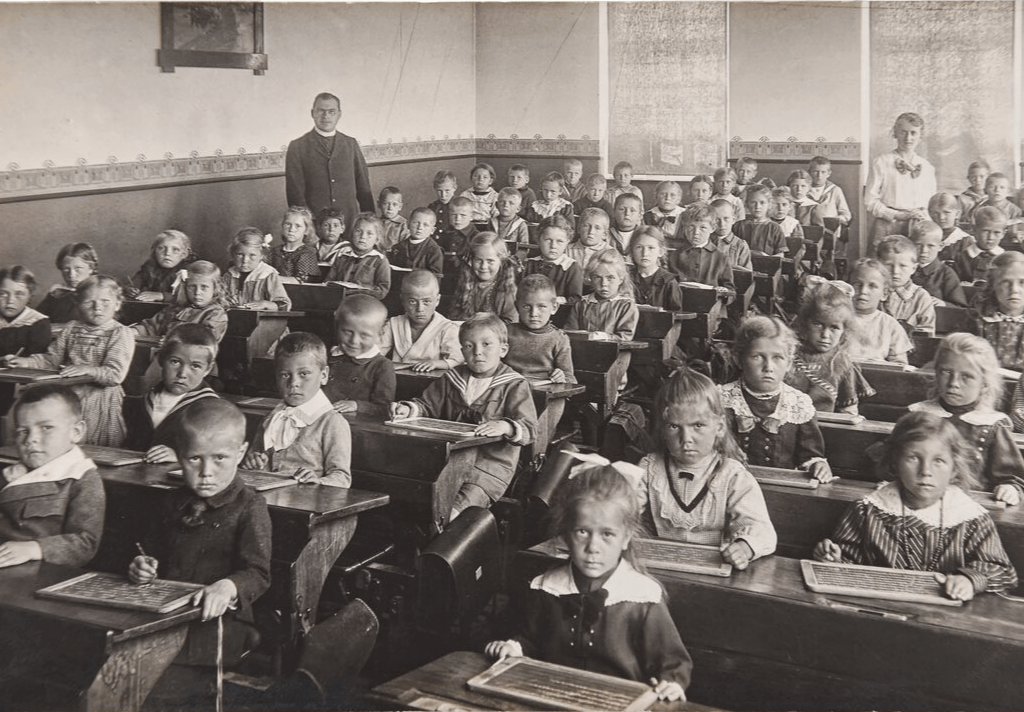Preparing students for a constantly transitioning world

The Times they are a-changin sang Bob Dylan in 1964, an anthem for change applicable now more than ever.
The onset of the Covid-19 pandemic and the ensuing lockdowns was the impetus for fast-tracked change, especially in education.
Is online education the future? What will the world look like for our great-grandchildren, and how will they be educated?
And so, we enter a quagmire of the unknown containing the new possibilities technology provides for educating children and students; we are both excited and fearful. But let us back-track for a second to get perspective.

Formal education originated during the first Industrial Revolution and early schools were all about producing future obedient factory workers, for repetitive tasks in a crowded, noisy environment, ruled by a factory whistle. The classroom resembled the factory layout.
Our education system has not kept up with the fast-paced world that has evolved due to ongoing technological developments. In fact, the challenge is even greater when you consider the oxymoron of what many experts are saying; that we must prepare students for an unknown world; for jobs that have not materialised yet.
Experts agree change is necessary
Davos experts have cited in a report entitled: The Future of Education that: “The future of work is going to look very different, as automation and Artificial Intelligence make many manual, repetitive jobs obsolete. (https://www.weforum.org/agenda/2018/01/top-quotes-from-davos-on-the-future-of-education/).
The World Economic Forum concurs. In its report: Education must adapt to the Fourth Industrial Revolution, it states: “Education needs to equip today’s young people with the skills to thrive in tomorrow’s world. Even if we don’t know what it looks like yet. Technology is transforming how we live, work, play and think. And it’s happening more quickly, and on a larger scale, than any point in history…”
(https://www.the-possible.com/future-of-education-digital-campus-learning-teaching/). The thread from experts reveals that as computers do the mundane tasks, and knowledge is available at the touch of a button, students no longer need to memorise facts. Instead, they will need to learn to apply skills such as creativity, logic, reasoning and problem-solving. In other words, taking the data computers produce and analyse and interpret it, assess information critically and make ethical judgments.
Half of today’s work activities could be automated by 2055.”
Less than 5% of occupations can be automated completely, but 60% could see 30% of their constituent activities automated.” World Economic Forum.
This leads us to online learning.
Online education
The pandemic did not only highlight the need to quickly pivot to technology for online teaching but the glaring disparities between communities, worldwide and particularly in South Africa. While the private schools, some former model C schools and tertiary institutions managed the pivot as they, and most students, were already equipped with the necessary technology needed, the state schools could not. This disparity must be addressed with the greatest urgency.
Ditto for tertiary education institutions. Berea Group of Colleges, for example, upped the ante and set up their Distance Learning Department with proficiency and speed. The future of Distance Learning, or e-learning, “is likely to see an increase in the use of virtual and augmented reality technologies,” according to an article (9 May 2023) in LinkedIn: The Future of Distance Education by AI by Kamran Mir – Education Technologist.

Online education has many advantages such as being able to log on anywhere, any time. The student works at his/her own pace and takes ownership of the learning process with the teacher acting more as a mentor giving guidance than dictating the course instruction. People with disabilities will benefit and there are no transport costs.
Disadvantages include missing out on social campus life. Interestingly, experts have found that many students fare better with online learning and can “meet” in online groups to share and assist each other.
Some American universities are setting up weekend meetings for students, and classes for practical work. So, with lateral thinking, there are always ways to compensate. This is but the tip of the iceberg requiring flexibility and an open mind.

